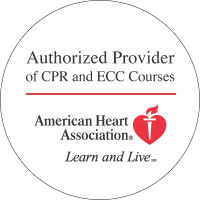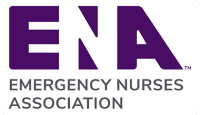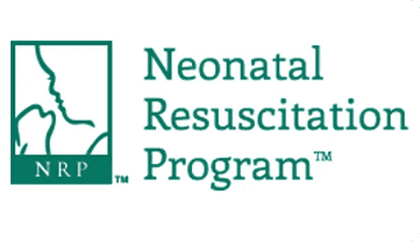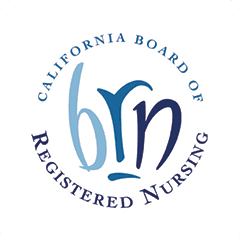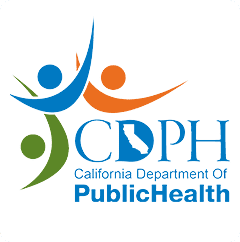Have you ever been part of a code where everything seemed to be spiraling out of control? Perhaps everyone was shouting something different, no one had the materials and medications that were needed and you had no idea what you were supposed to be doing. While this may be the reality in some situations, a well-operated code in the hospital or other health care setting should always be more organized and calmer than what was just described. Other than a firm knowledge base, which is certainly necessary for mastering a code successfully, the two most important keys for great code blues are teamwork and good communication.
Know the Roles
The first step to working together as a team is knowing the roles that are needed in any code that is based in a hospital. Second, you must know how to assign roles to your team members or how to function well in the role that you have been given. Ideally, the code team will have many members, each of whom will have a distinct role. Every code will begin with a first responder who will call the code and will automatically begin CPR if no pulse is detected. Once other team members arrive, they’ll assume the following roles.
The person in charge is the team leader. This is most often a physician but is occasionally an ACLS-certified registered nurse. Other nurses will help with medication administration, defibrillation, monitoring the EKG rhythm and inserting IVs if needed. Techs, CNAs or other available personnel will need to run to gather necessary supplies. Someone may also need to communicate with family members.
Of course, the code team is not complete without other ancillary health care personnel. Respiratory therapists should be on hand to help maintain airways and to assist with intubation and ventilator support. The pharmacist will be involved with getting the correct drugs mixed and sent to the room. Other ancillary personnel could include pastoral support, security and house supervisors.
Over-Communicate
Communication is beneficial for almost every area of life. In a life-or-death situation, it is crucial. Be sure to tell your team members constantly what you’re doing. This will keep them safe, aid with documentation and help the code flow smoothly and quickly. The physician or ACLS-certified leader should direct key steps. As they’re completed, you and other team members doing the work should call out what you’ve done. The following are some tips for communication success.
- Always respect other team members.
- Take criticism well.
- Repeat instructions.
- State algorithms out loud.
- Lead with confidence when necessary.
Practice Mock Codes
The best way to practice good teamwork and great communication with your coworkers is to use simulated codes. At your initial ACLS training and at your ACLS refresher courses, which should occur every two years, you’ll practice plenty of mock codes. Not only will this give you great confidence in using algorithms, but also it will help you and your coworkers learn to work together better.
Without a sense of teamwork and camaraderie, your code blue team will be filled with confusion and hard feelings. You may all want to do the same task, and other tasks may be left behind. Without good communication, you’ll make life difficult for the recorder and may actually harm the patient. To enjoy smooth, well-run codes from which everyone can walk away feeling as if they did their best, first ensure that you understand your ACLS algorithms completely. Then, make sure that you’re committed to working together as part of an interdisciplinary team in your health care setting.


